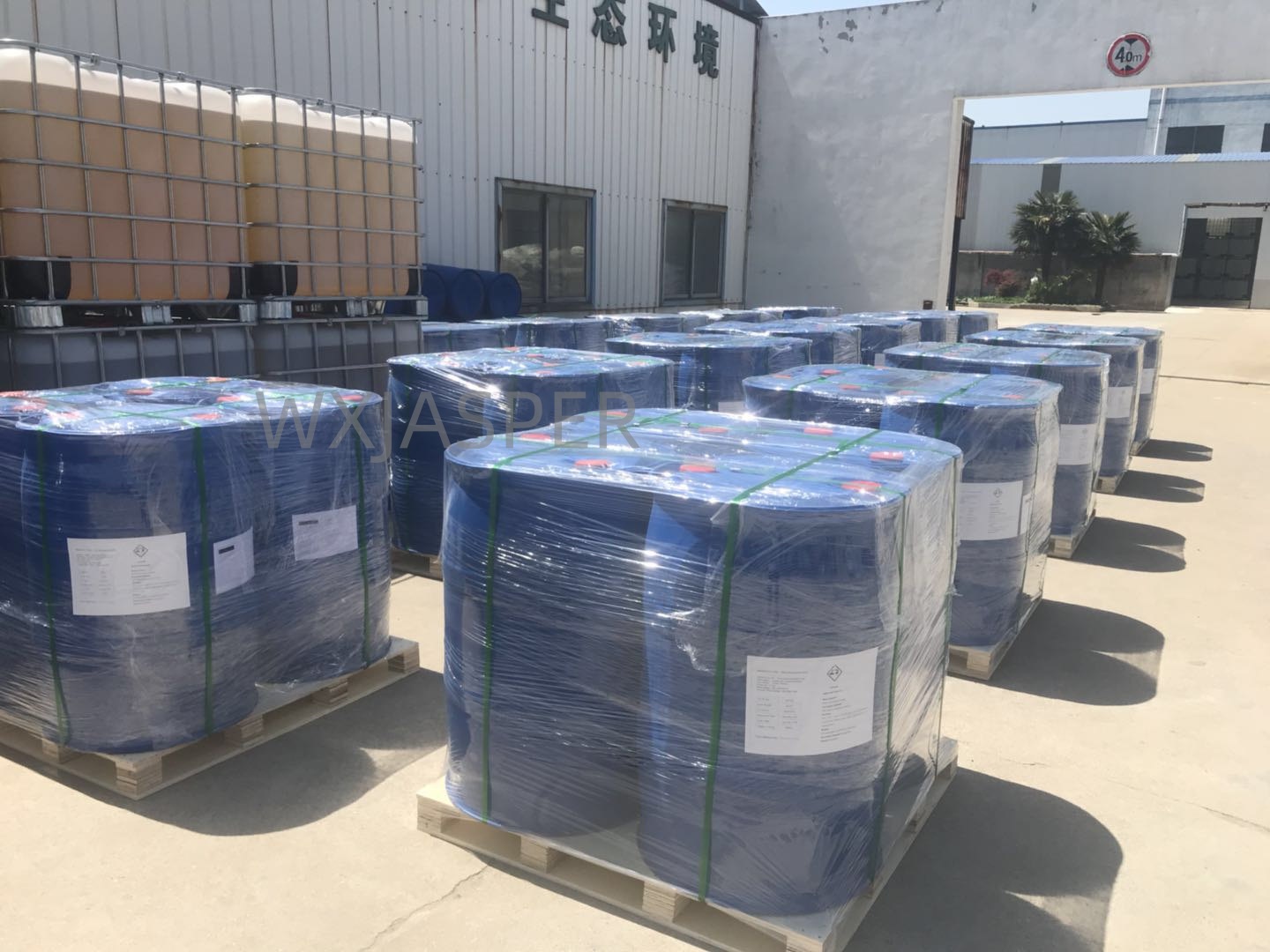Your Location:Home > Products > Solvents > TERMIX AF3060



CasNo: 82199-01-7
MF: C13H13NaO4S
Appearance: liquid
Delivery Time: 15 days
Packing: 200kg/drum
Purity: 99%
1. Basic Attributes
2. Core Physicochemical Properties
| Index Item | Presumed Standard Range | Description |
|---|---|---|
| Appearance (Room Temperature) | Light yellow to light brown transparent liquid | No stratification, sedimentation, or visible impurities; may slightly thicken at low temperatures (< 5℃) |
| Viscosity (25℃) | 200-500 mPa·s | Moderate fluidity, easy for metering and formulation mixing, no obvious wall-hanging |
| Surface Tension (0.1% aqueous solution) | 30-35 mN/m | Strong wetting ability, can quickly reduce the surface tension of solid particles |
| Thermal Storage Stability (54℃×14 days) | No stratification, no sedimentation | Compounded components do not degrade in high-temperature environments, and emulsifying/dispersing performance remains stable |
| Solubility | Soluble in water, ethanol | Insoluble in mineral oil, dispersible in vegetable oil, and compatible with most pesticide technical materials and industrial cleaning auxiliary materials |
3. Functions and Typical Application Scenarios
Core Functions:
Typical Application Fields:
4. Usage Specifications and Precautions